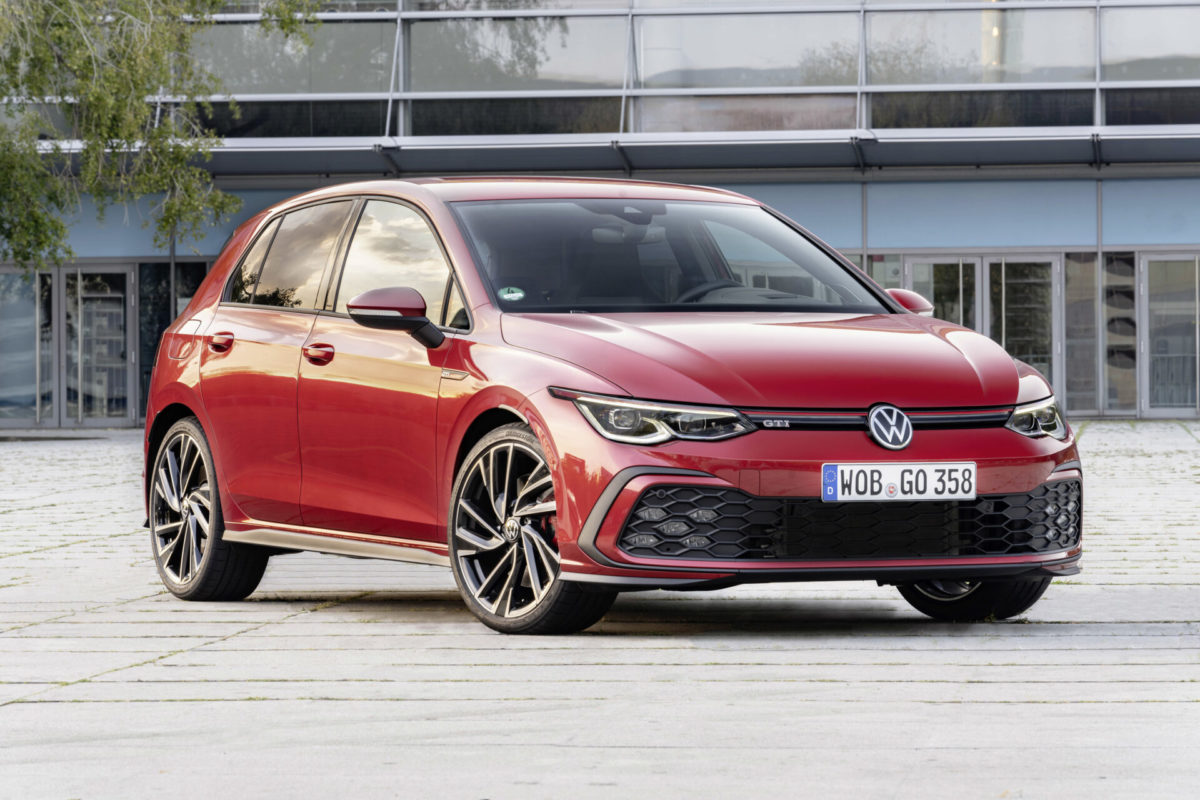New on the Tarmac: Meet the Toyota Urban Cruiser
Conceived as a fun, affordable and compact crossover vehicle, the Urban Cruiser has been designed to play in the city during weekdays, while taking you to your next adventure on the weekend.
The Urban Cruiser is the second product of the Toyota-Suzuki alliance (following the Starlet), building upon the core model architecture, while bringing Toyota’s comprehensive dealer support, customer service and parts’ supply network to the party.
Exterior Styling
The Urban Cruiser features rugged urban styling replete with a raised stance, textured side- and wheel-arch mouldings and bumper guards. The front features a large radiator grille with two horizontal slats and centrally-mounted Toyota insignia – these are flanked by chrome accent strips and LED projector headlamps (standard across the range).
Moving to the rear, large rectangular taillights are complemented by a large tailgate garnish embossed with “Urban Cruiser”. Echoing the front, the lower apron is finished in textured black with a silver ‘diffuser’ section.
The Urban Cruiser was designed around the ‘compact on the outside, spacious on the inside’ mantra.
Interior Styling
The cabin offers a comfortable space characterised by excellent ergonomics and optimised exterior visibility. The upper fascia houses the large touchscreen infotainment system and ventilation outlets with an elegant piano-black frame. The lower section incorporates the climate control switchgear, a storage compartment and power/USB outlets. A sporty 3-spoke steering wheel (leather-sheathed for the Xr model) with metallic inserts and steering switches provides classic control.
The black fabric seats feature a honeycomb pattern, with the rest of the interior finished off in hard-wearing black, featuring a textured pattern. Large door pockets, glove compartment and additional oddment binnacles provide convenient storage spaces.
Buyers have the option of a 5-speed manual transmission or 4-speed automatic (depending on grade chosen).
Engine & Transmission
The Urban Cruiser is powered by 1.5-litre naturally-aspirated four-cylinder engine delivering 77 kW and 138 Nm – providing fuss-free motoring. Fuel consumption is registered at a frugal 6.2 litres per 100km, while CO2 emissions fall within the 145 to 147 g/km range. Top speed is 170 km/h.
Buyers have the option of a 5-speed manual transmission or 4-speed automatic (depending on grade chosen).
Grade Strategy & Specification
A three-grade strategy has been adopted, using the now-familiar Toyota grade names Xi, Xs and Xr.
The entry-level Xi model features keyless-entry with push start, electric windows all round, air-conditioning, tilt-adjustable steering, power-adjustable mirrors, LED headlamps and LED Daytime Running Lights (DRL). Rear Park Distance Control (PDC) offers drivers additional peace of mind.
The mid-tier Xs model adds alloy wheels, roof rails, body-coloured door handles, power-retractable mirrors and rear window wiper with demister function. On the inside, the Xs offers auto air-conditioning (climate control) and reverse camera, a secondary glove compartment, rear armrest and 60:40 split backrest.
Serving as the flagship of the range, the Xr inherits LED fog lamps, automatic headlights, cruise control, auto-dimming rear-view mirror, rain-sensing wipers, dual 12-volt power outlets, front armrest, leather steering wheel and the inclusion of two tweeter speakers. The convenience factor is also amplified by glove box illumination, a cooled storage compartment, map reading and front foot well lights, as well as luggage compartment illumination.

All Urban Cruiser models are also equipped with the Toyota Connect telematics system which includes an in-car Wi-Fi hotspot…
Safety & Security
The safety and security specs include ABS and EBD, side protection beams, driver and passenger airbags and ISOFIX. An alarm and immobilser system is also included on all models.
Toyota Connect & MyToyota App
All Urban Cruiser models are also equipped with the Toyota Connect telematics system which includes an in-car Wi-Fi hotspot and complimentary 15Gb data. Once linked to their profile, customers can manage their vehicle via the MyToyota App. This intuitive app allows on-demand service bookings, vehicle information and history, tracking data as well as Toyota Connect data recharge services and much more.
Model line-up & Pricing
Urban Cruiser 1.5 Xi MT – R 247 900
Urban Cruiser 1.5 Xs MT – R 267 800
Urban Cruiser 1.5 Xs AT – R 289 000
Urban Cruiser 1.5 Xr MT – R 294 500
Urban Cruiser 1.5 Xr AT – R 315 700
Warranty & Maintenance
All Urban Cruiser models are sold with a 3-services/45 000 km service plan. A 3-year/100 000 km warranty is also provided. Service intervals are pegged at 12 months/15 000 km. Customers can purchase an additional service plan and warranty options via the extensive dealer network of 220.




